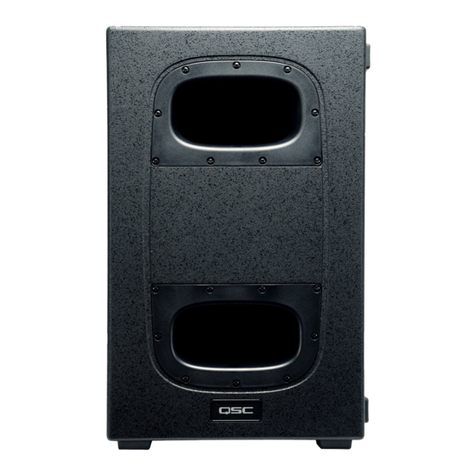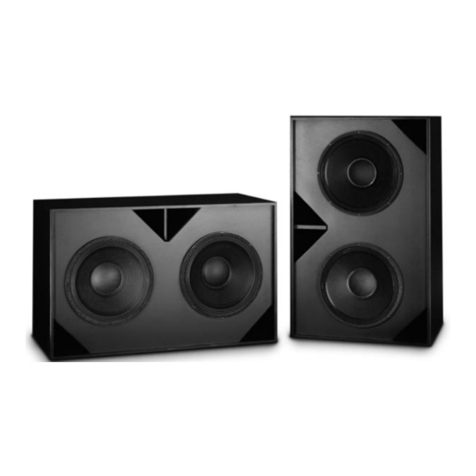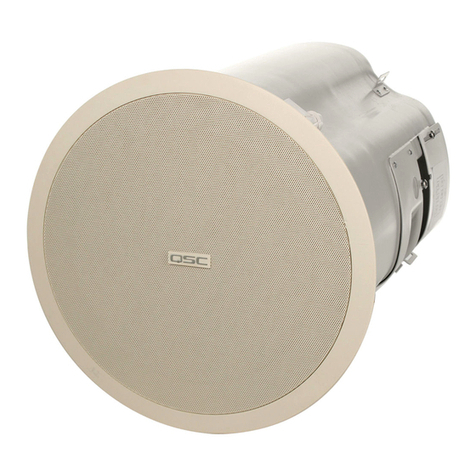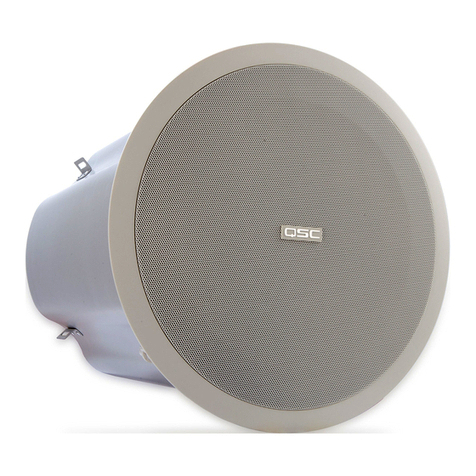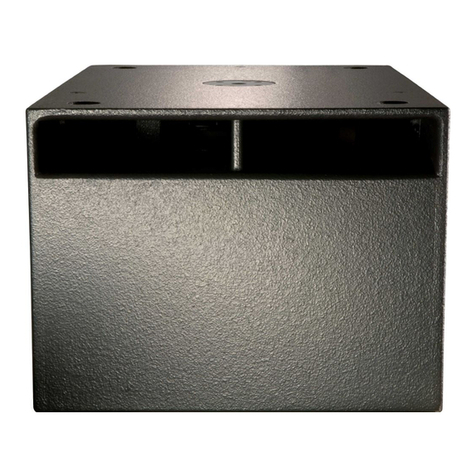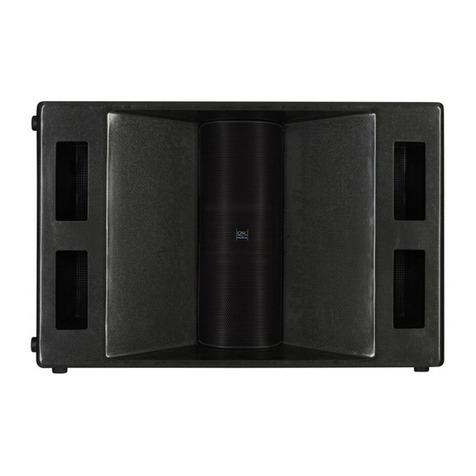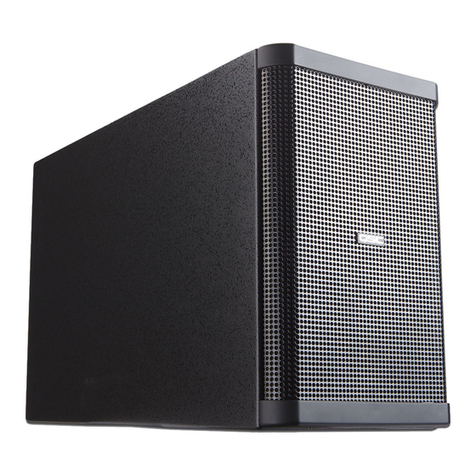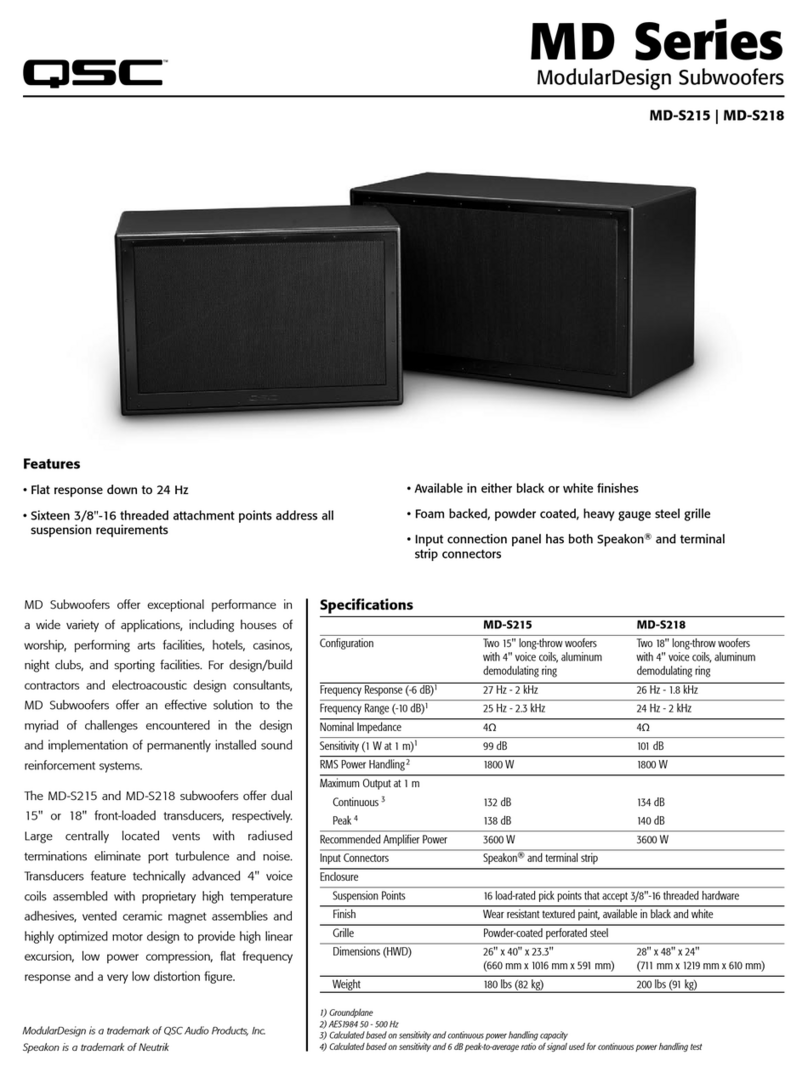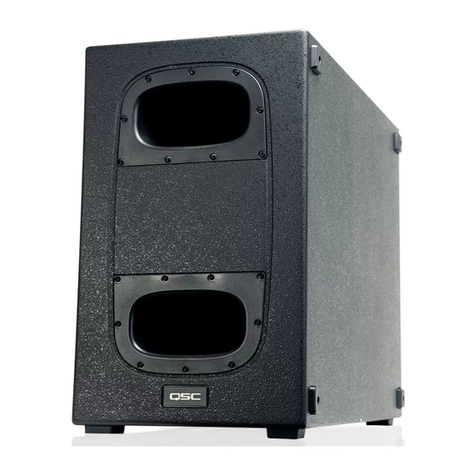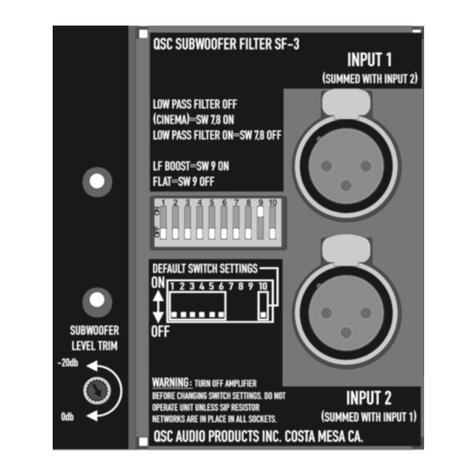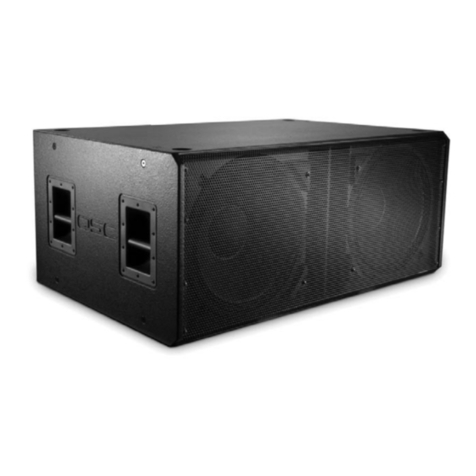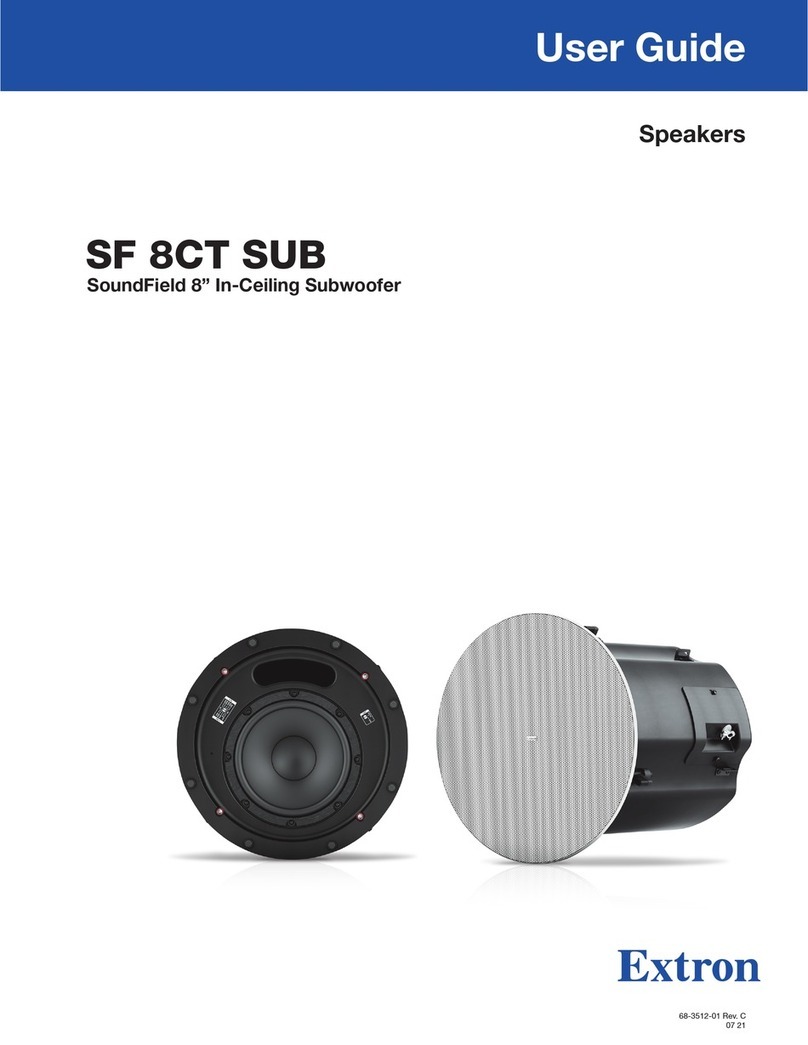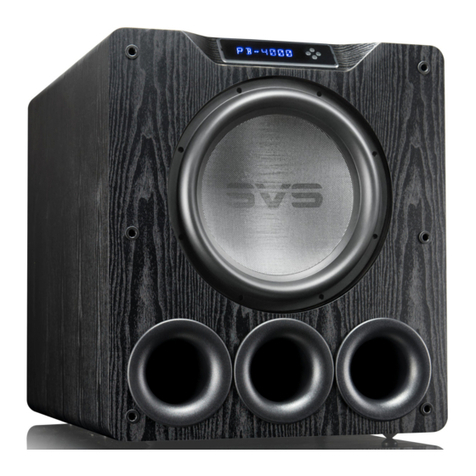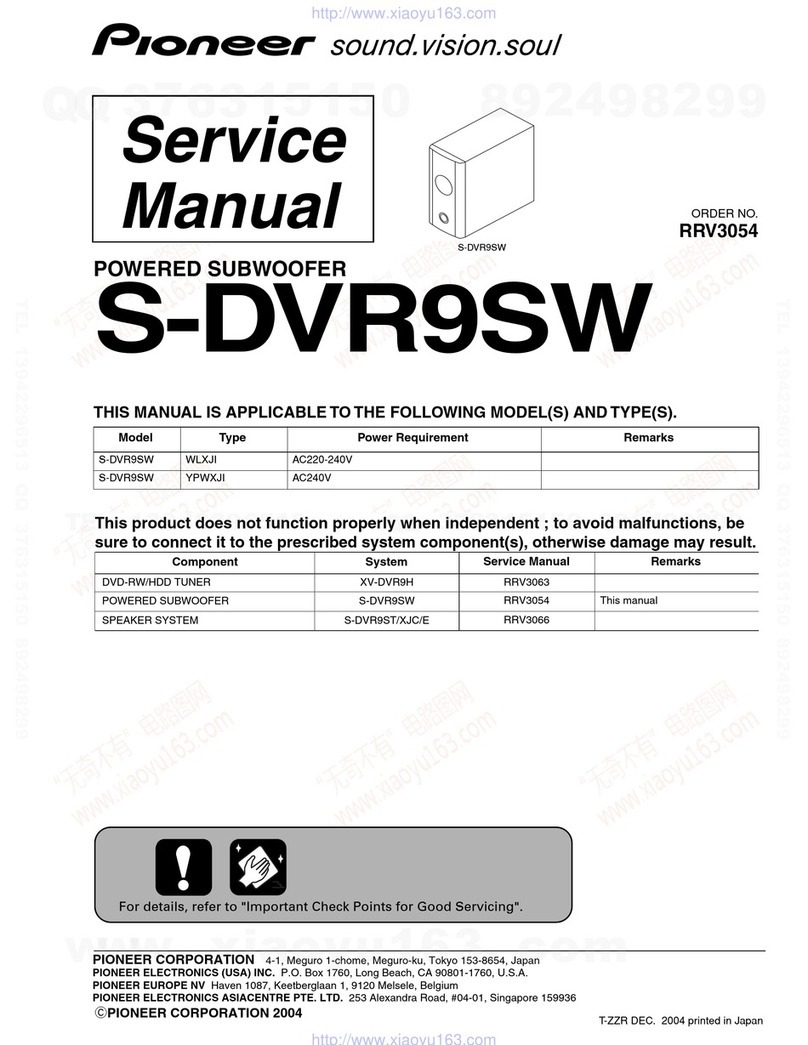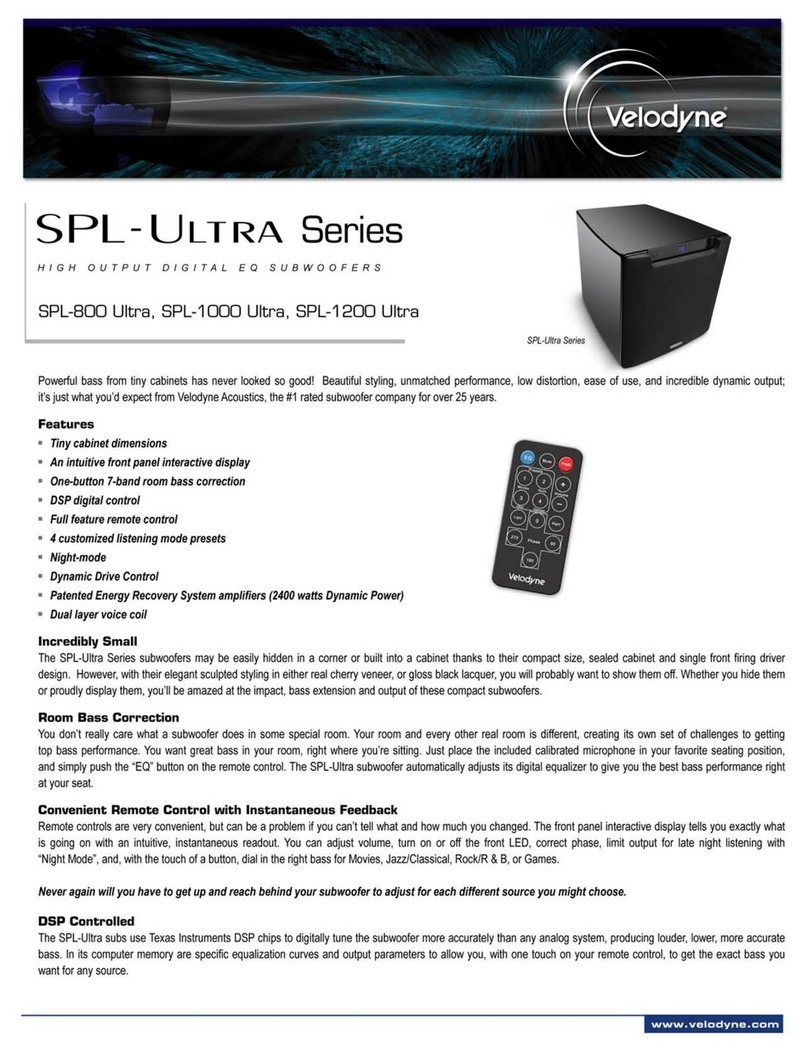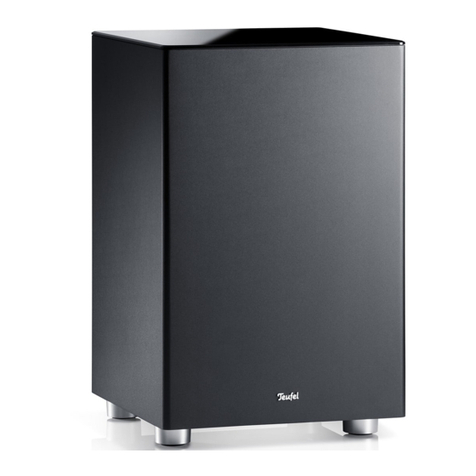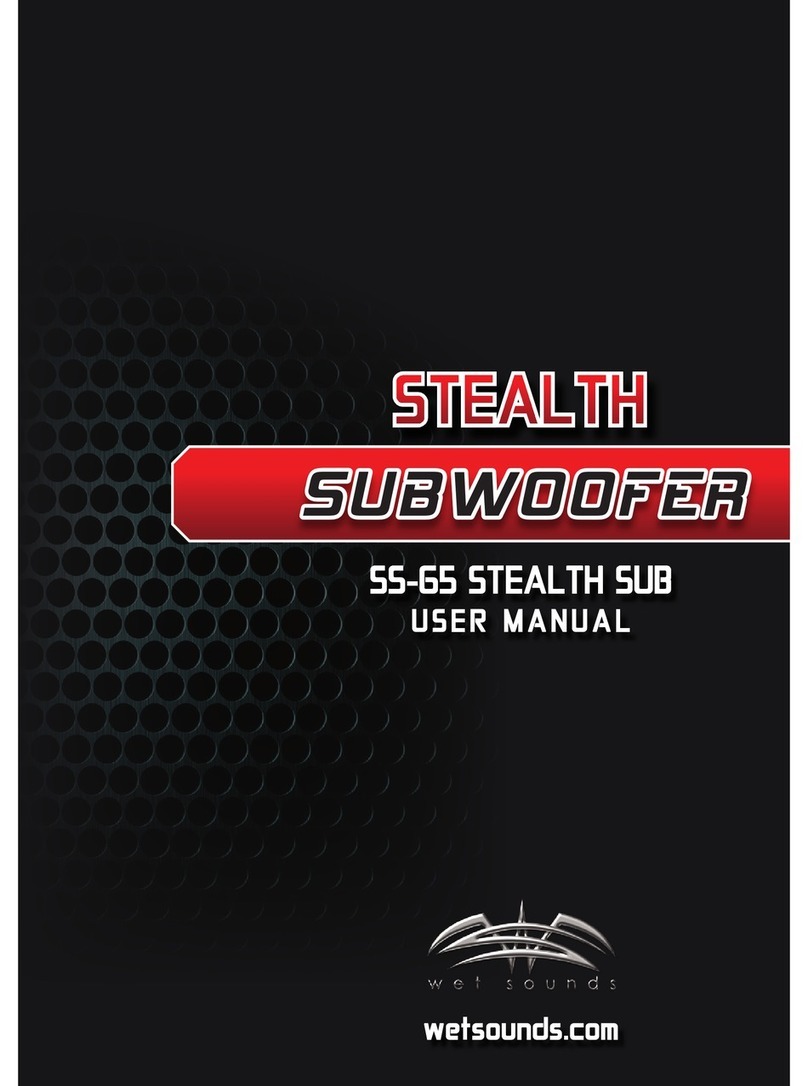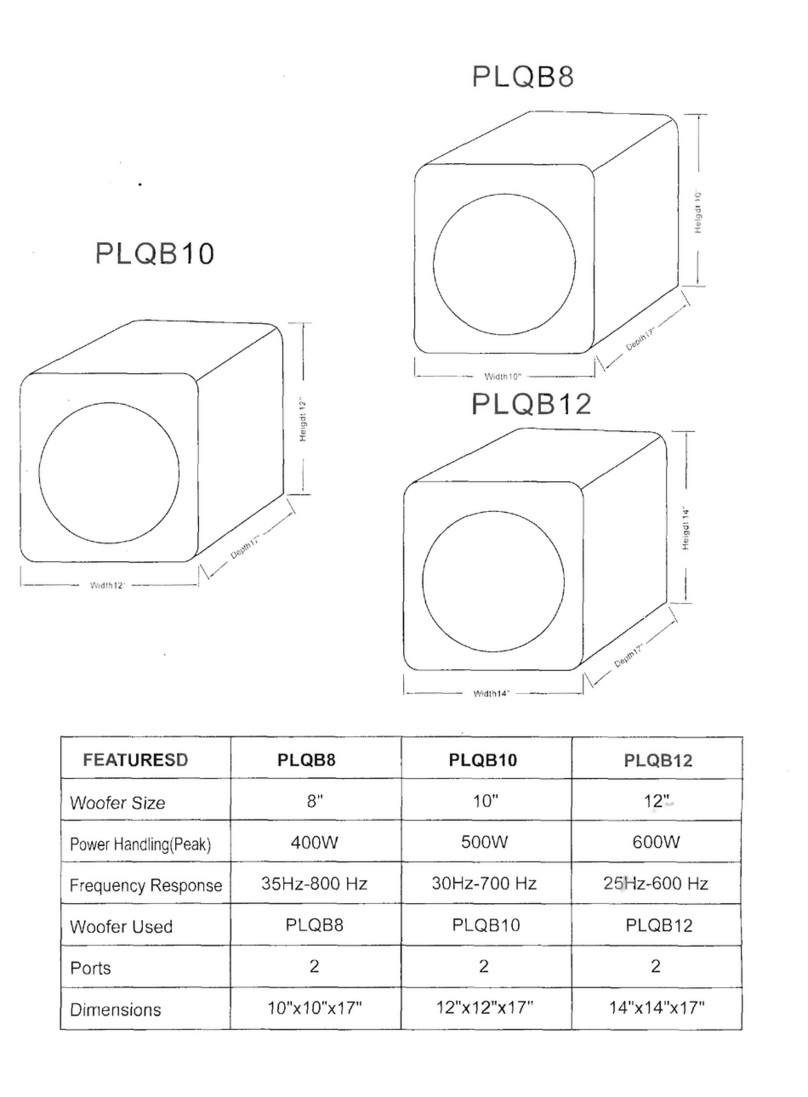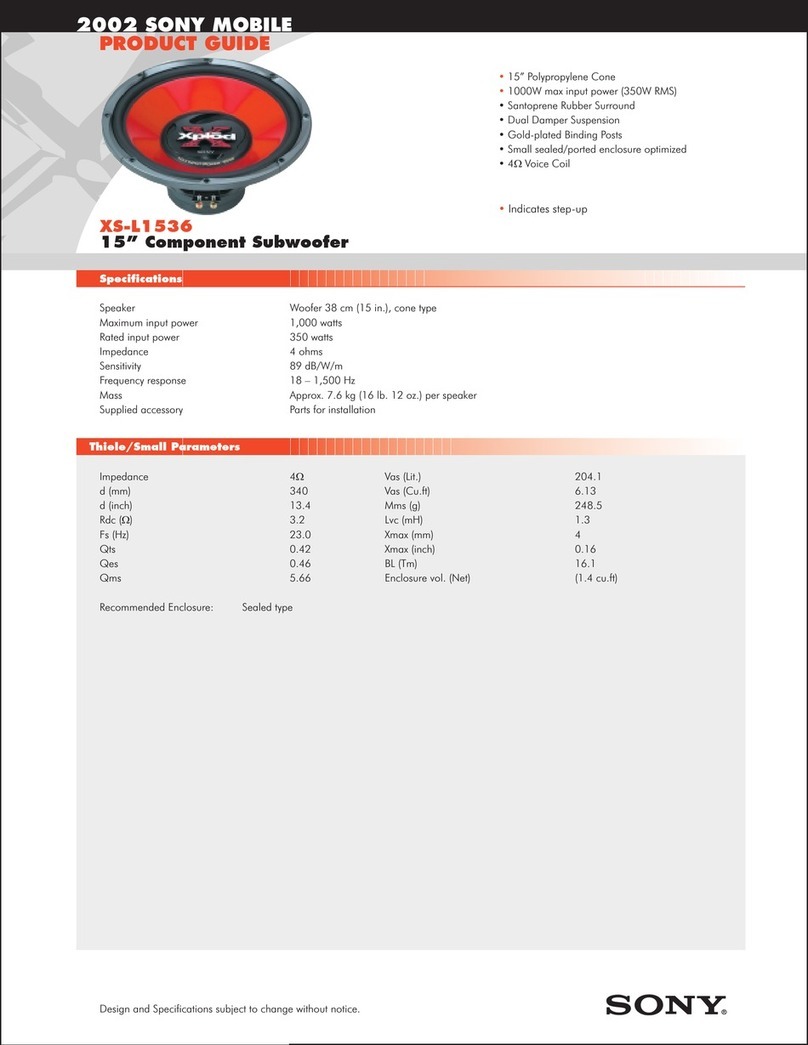
Contents
Explanation Of Symbols.................................................................................4
Important Safety Instructions .............................................................................4
FCC Statement. . . . . . . . . . . . . . . . . . . . . . . . . . . . . . . . . . . . . . . . . . . . . . . . . . . . . . . . . . . . . . . . . . . . . . . . . . . . . . . . . . . . . . . . .5
LS118 Subwoofer ...........................................................................................5
Warranty.............................................................................................5
Introduction...........................................................................................6
Key Features and Technologies ................................................................................6
What’s in the Box ...........................................................................................6
Features..............................................................................................7
LS118 Ground Deployment...............................................................................8
Cardioid Configurations ......................................................................................8
Best: Back-to-back ..........................................................................................8
Better: Stacked .............................................................................................9
Good: Side-by Side .........................................................................................9
Three-Box Cardioid Systems .................................................................................10
Pole-Mounting Loudspeakers over a Subwoofer. . . . . . . . . . . . . . . . . . . . . . . . . . . . . . . . . . . . . . . . . . . . . . . . . . . . . . . . . . . . . . . . . . 11
LS118 Flown Deployment ...............................................................................12
Safety ...................................................................................................12
Rigging Safety Regulations .........................................................................................12
Rules for Suspension ........................................................................................12
Using the LS118 Integrated Suspension Points ....................................................................13
LS118 Rear Panel. . . . . . . . . . . . . . . . . . . . . . . . . . . . . . . . . . . . . . . . . . . . . . . . . . . . . . . . . . . . . . . . . . . . . . . . . . . . . . . . . . . . . . 14
System Power .............................................................................................15
AC Connectors ............................................................................................15
Connecting to AC Mains ...........................................................................................15
Daisy Chaining using Power Cable Jumpers ...........................................................................16
Daisy Chaining ..................................................................................................16
Power On Sequence ..............................................................................................16
Power Off Sequence ..............................................................................................17
Audio Connections .........................................................................................17
Analog Audio .............................................................................................17
Daisy Chaining using Balanced XLR Jumper Cables .....................................................................17
Network .................................................................................................17
Daisy Chaining using Network Jumper Cables .........................................................................18
Connecting to a Network ..........................................................................................18
Control.........................................................................................................19
Dante ..........................................................................................................19



